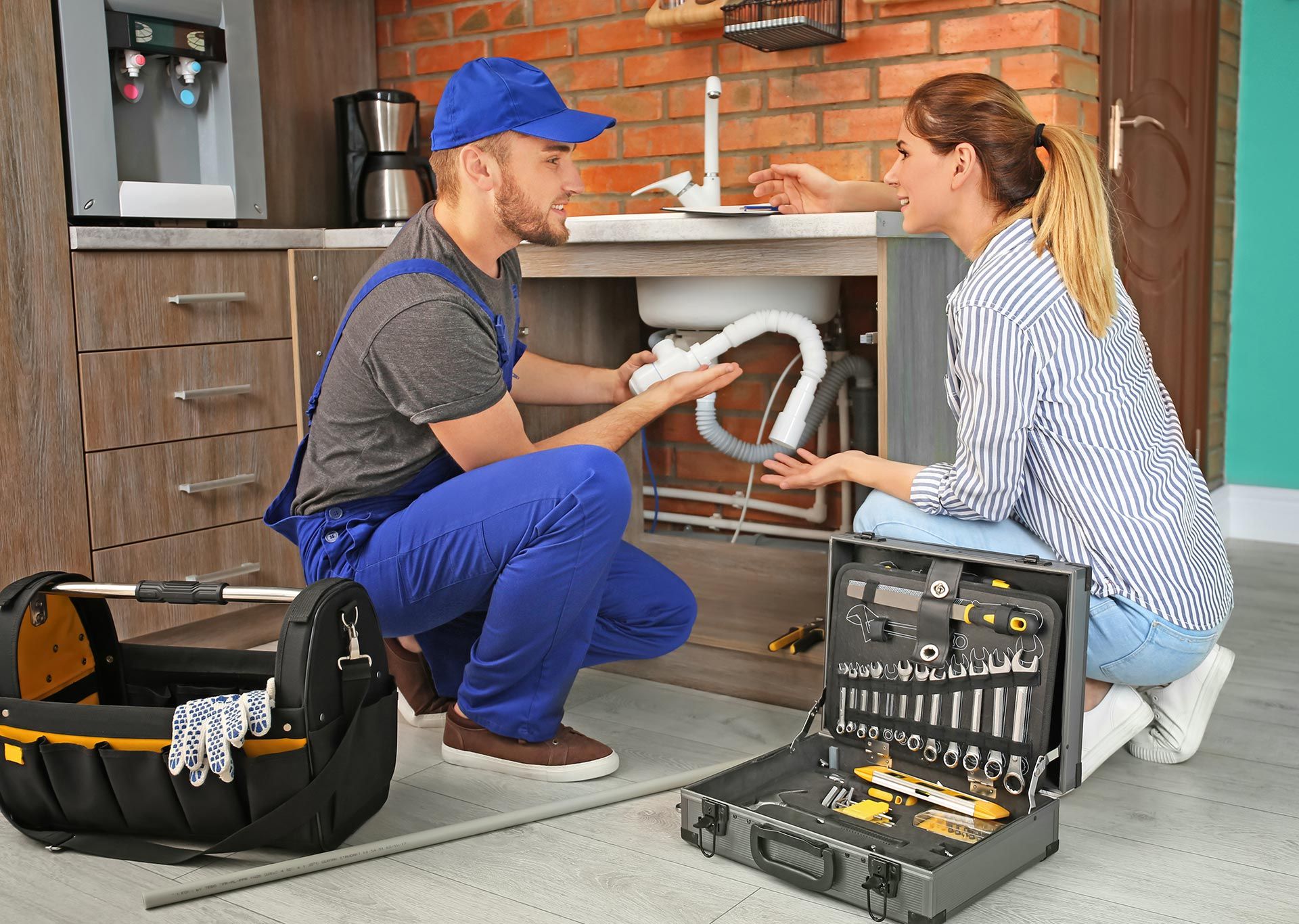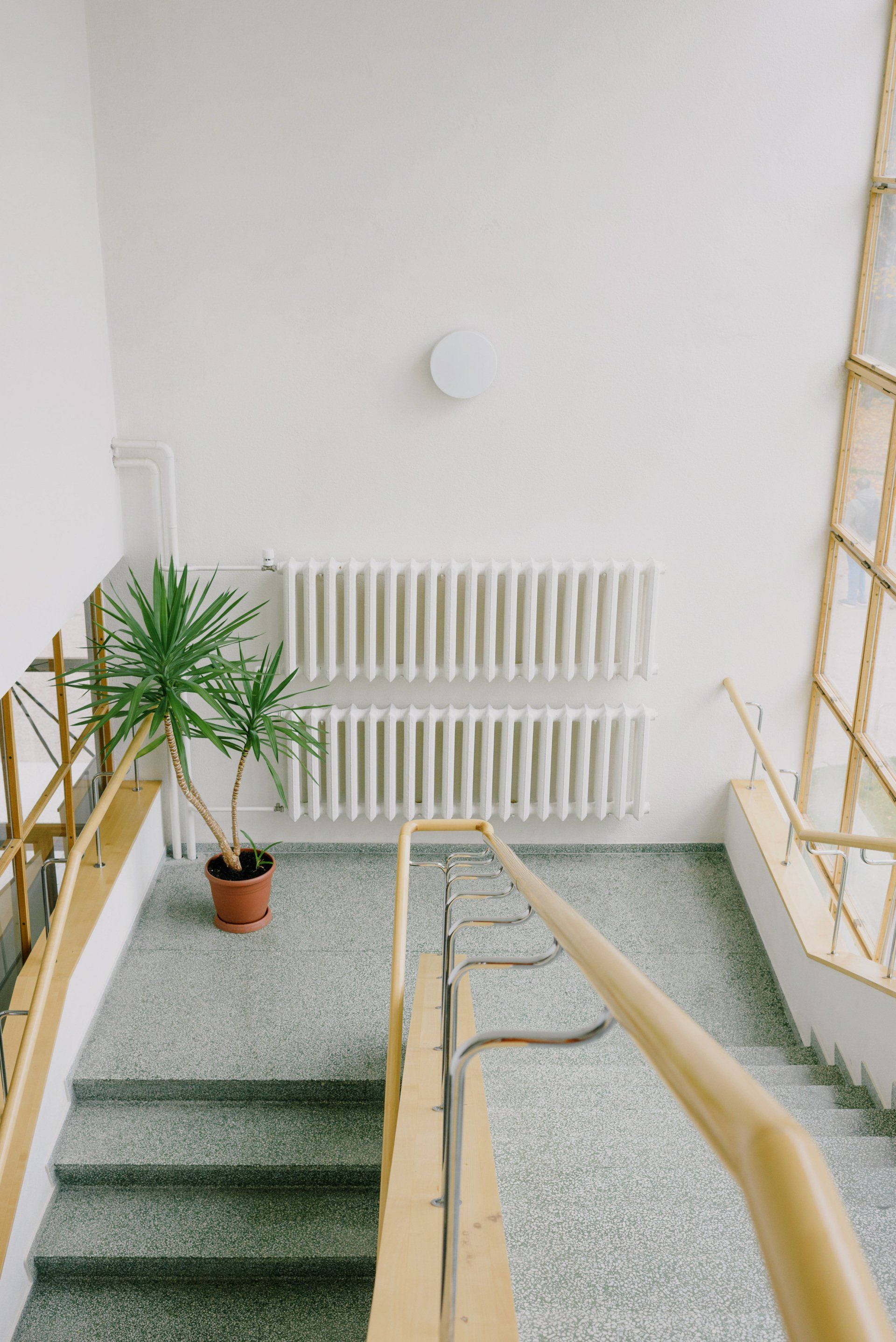How to detect and fix common water leaks in your home
Do you own a home in Sheffield? If so, it is important to keep an eye out for common water leaks that could cause serious damage to your house if left unaddressed. Even the most seemingly small water leak can spread throughout the walls and floors of your property, resulting in costly repair bills. In this blog post, we’ll discuss what types of water leaks homeowners should be on the lookout for and how they can go about fixing them before any extensive damages occur.
Detecting a water leak in your property
Detecting a water leak in the home can be challenging, as most plumbing systems are hidden from view. However, there are some tell-tale signs that you can look out for to help identify a leak before it becomes more serious.
The most common sign of a water leak is an increase in your water bill. If you notice an unusual spike in the amount of money spent on your monthly bills, this could indicate that there is an underlying issue with the plumbing system. You should also check for any visible signs of moisture or wet spots on the floor, ceilings and walls near pipes and fixtures, which may indicate a leaking pipe or joint.
Another way to detect possible leaks is to listen for strange sounds coming from within the home. Pipes may vibrate or rattle when there is a blockage, or you may hear running water even when all taps are shut off. If you are concerned about a potential leak and cannot find the source of the noise, it is always wise to call in a professional plumber to investigate further.
Finally, if you live in an older home, frequently check for signs of corrosion on pipes and fixtures that could be caused by leaking water. Corrosion can weaken pipes over time and cause them to crack or break, so it is important to identify any corrosion early and replace any damaged parts before they become more serious issues.
How to fix a leaky tap
Dripping taps are most often caused by a worn out washer. To rectify this you'll need to start by turning off the water supply and draining any remaining water in the taps. Once this has been done, you can remove the tap head using an adjustable wrench. Inside the tap head will be a metal plate with one or more rubber washers that are designed to provide a tight seal when closed. Remove these old washers and replace them with new ones of identical size and shape. If you're stuck with this, check out a local plumbing supply store in Sheffield, who will be able to help you fidn the right matching washer. Make sure to check for any damage on the valve seat before replacing the washers - if it is damaged, it should be replaced as well. Finally, reassemble the faucet head and turn on the water supply to test your work.
How to fix a leaky radiator
If you think that your radiator is leaking, the first step is to identify where the leak is coming from. If the water is dripping from the bottom of the radiator, then it’s likely that you have a faulty valve or joint causing the leak. To check for this, remove the valve and inspect it for damage. You may need to use a wrench or pliers to loosen any stuck parts before being able to access the valve properly.
Once you’ve identified where the leak is coming from, you can begin repairing it. If there’s damage to the valve, you may need to replace it entirely. If there’s a small hole in the radiator, you can patch it with a radiator repair kit. These kits come with sealant and other materials needed to fix the problem.
How to fix a leaking bath or basin waste
If you have identified a leaking bath or basin waste, the best way to repair it is with an adjustable wrench and some plumber's tape. To begin, turn off the water supply to your bath or basin and drain the taps. It is important that there is no water running through before you begin repairs as this can cause further damage.
Next, identify where the leak is coming from. If it's from the nut at the top of the waste, or from one of the washers, you'll need to remove these components. Using your adjustable wrench, loosen any nuts securing the basin waste in place and gently pull them away.
Next, use a cloth or rag to clean away any debris from the threads of the waste. Wrap a few layers of plumber's tape around the threads and replace the washers, before securing them back into place with your adjustable wrench. Once everything is tightened up, turn on both water supply valves and check for leaks. If you see any further signs of leaking or dripping, then it may be necessary to replace the waste completely with a new bath or basin waste kit. These can be sourced relatively cheaply from any good local plumbing store.
How to fix a leaking toilet
Discovering a leak in your toilet can be an unpleasant experience, especially given its unsanitary nature. Fortunately, there are often straightforward solutions for such issues. Leaks at the base or bottom of the toilet after flushing may indicate a problem with the rubber seal or the tee bolts that secure the toilet in place.
To properly address a toilet leak, you will need to have the appropriate tools - if you don't feel confident, it is best to call a professional plumber. Ensuring the toilet's position, possessing a wax ring and an adjustable wrench allows one to carefully manage the situation. While some individuals may be proficient in tackling such repairs independently, seeking professional assistance ensures safety and cost-effectiveness.
Toilet leaks are not limited to the base; a cracked bowl or damaged ballcock and float can contribute to pervasive leaks. A cracked bowl often necessitates replacing the entire toilet, while an impaired ballcock and float can lead to cistern overflow. Awareness of these potential issues allows for swift identification and resolution.
If you suspect that your toilet is leaking, then it is important to stop using it immediately. This leaking water may be contaminated if it is coming directly from the toilet bowl. Preparing disinfectant is essential when addressing the leak to avoid any health risks.
How to fix a leaking shower
When checking a shower leak, it is important to inspect the plughole and overflow for signs of damage. Seals can often degrade over time and if the seal is broken or damaged, this could cause a leak. If this is the case, you want need to reseal the plug hole, or renew the shower waste kit. Additionally, check pipes connected to the water supply leading from taps or shower hoses as these can be hidden behind walls or tiles in some cases. If there is an internal problem with your mixer, or electric shower, then you may need a replacement part, which is likely to require a professional plumber.
Another common cause of leaking showers over baths is due to damaged silicone seals around the perimeter of the bath, causing water to leak behind the bath itself. These seals can become mouldy and damaged over time, so it is important to renew them on a frequent basis. This can be done by cutting out the defective seal with a Stanley knife and reapplying an antifungal sanitary sealant.
Summary
Water leaks are not just an annoyance, they can be costly and can cause serious damage to your home. With the right preventive approach, you can identify these issues quickly before they become a major problem. Taking steps like checking showers, faucets, and pipes regularly, plus knowing the tell-tale signs of water leaks like discoloured walls or ceilings and musty odours can help keep things running smoothly. Prevention is always less expensive than remediation, so if you think you have a leak anywhere in your home don’t wait - call Plumbers Sheffield today for a quality and reliable plumbing service. By maintaining a proactive outlook on water leaks, you will be able to protect both your wallet and your home from bigger problems down the line.



